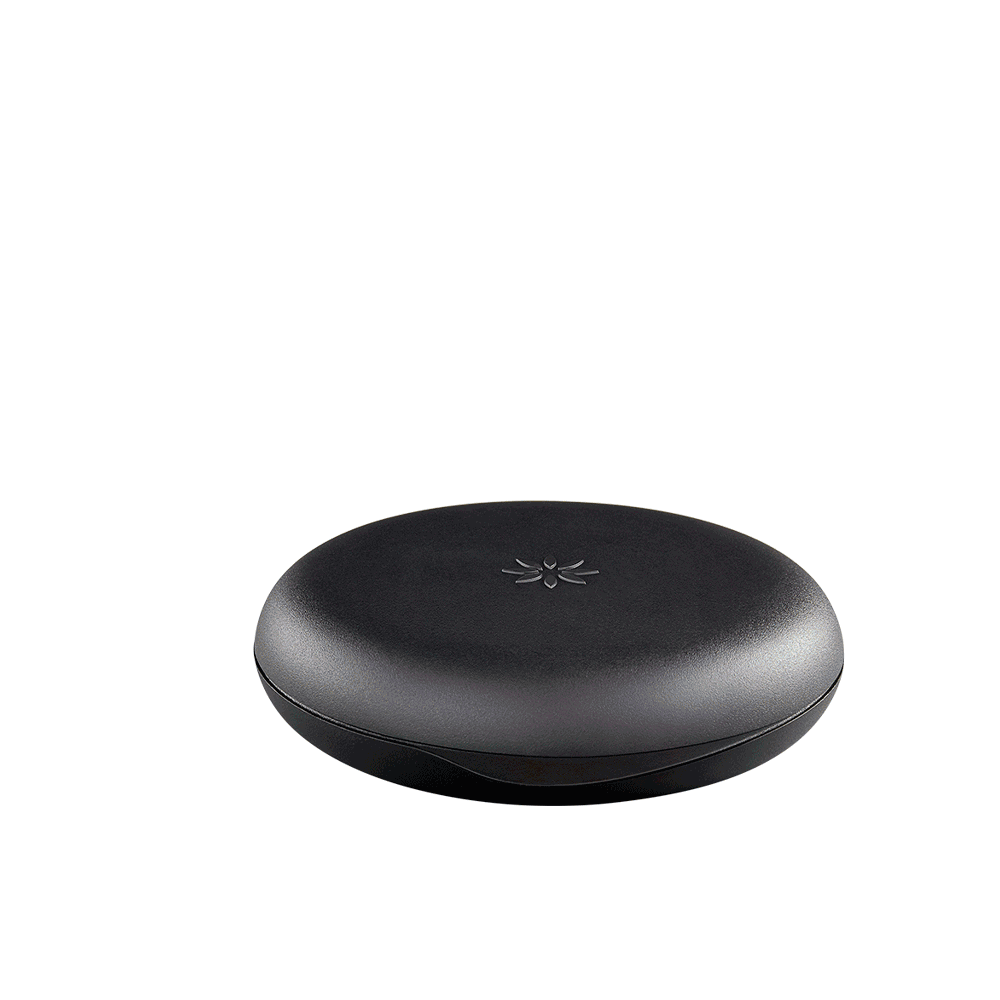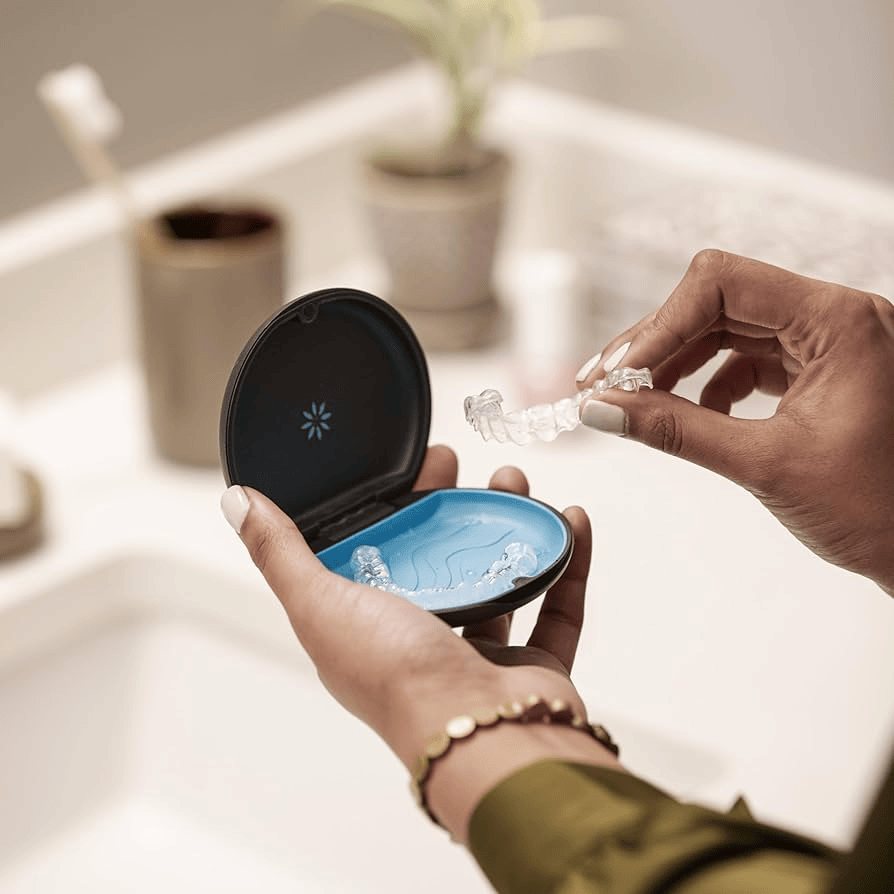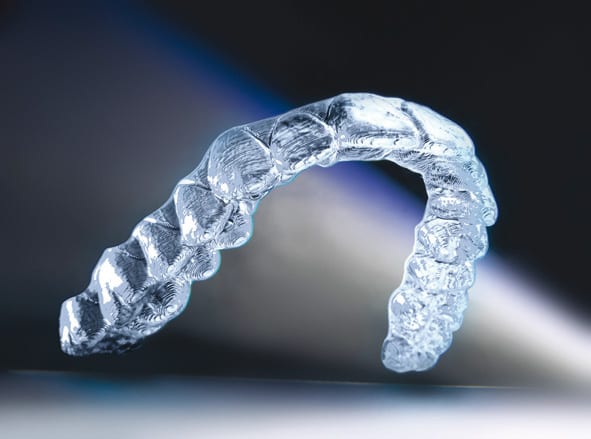Invisalign clear aligners offer a modern, discreet alternative to traditional braces, providing patients with a more comfortable and flexible way to straighten their teeth. The aligners’ near-invisible appearance, removable design, and ease of maintenance make them an attractive option for many adults and teens. However, Invisalign is not suitable for everyone. Candidacy depends on a variety of factors including dental complexity, oral hygiene habits, and lifestyle. Understanding whether you or your child are a good candidate for Invisalign can help set realistic expectations and guide you toward the most effective orthodontic solution.
Table of contents
What makes a good Invisalign candidate?
How do I know if I'm suitable for Invisalign?
An ideal Invisalign candidate is responsible, maintains excellent oral hygiene, and has a dental condition suitable for clear aligner treatment. Because Invisalign aligners are removable, success depends largely on the patient’s discipline—aligners must be worn for 20–22 hours per day for optimal results. Mature teens and adults with fully developed jaws tend to be the best candidates, as their teeth are stable and less likely to shift unpredictably. Good gum health and a commitment to follow treatment instructions are equally important for achieving and maintaining a beautiful smile.
Key characteristics of a good Invisalign candidate include:
Consistent oral hygiene habits and dental health awareness
High level of personal responsibility and treatment compliance
Fully developed jaw structure and healthy gum tissue
Willingness to avoid smoking and limit unhealthy behaviors
How do you maintain oral hygiene with Invisalign?
What is the 30 minute rule for Invisalign?
Proper oral hygiene is critical during Invisalign treatment. Although aligners are removable, neglecting to clean your teeth and trays can lead to plaque buildup, staining, and decay. Patients should brush at least two to three times a day, floss regularly, and use supplemental tools such as a Waterpik or interdental brushes to maintain gum and tooth health. Additionally, aligners themselves should be cleaned daily—soaked in Invisalign Cleaning Crystals, brushed gently, and rinsed thoroughly before reinserting. Maintaining these habits ensures that both your teeth and aligners stay clear, clean, and healthy throughout treatment.

Is Invisalign life changing?
Lifestyle choices play a significant role in determining Invisalign success. Smoking not only discolors your aligners and teeth but also harms gum tissue and can slow treatment progress. Patients must also avoid frequently removing aligners for unnecessary snacking or extended breaks, as this can compromise treatment outcomes. Individuals who struggle with consistent aligner wear or maintaining proper hygiene may be better suited for fixed orthodontic appliances, which do not rely on patient compliance to the same degree.

What qualifies me for Invisalign?
Invisalign works well for mild to moderate orthodontic issues but is not intended for every dental case. It is particularly effective for correcting minor spacing, crowding, and alignment problems. However, more complex cases—such as severe malocclusion, significant jaw misalignment, or dental conditions requiring surgical intervention—may necessitate traditional braces or other advanced treatment approaches. A thorough evaluation by an experienced orthodontist will determine whether Invisalign is appropriate based on your specific dental anatomy and needs.
What cases can Invisalign fix?
Invisalign can effectively address a wide range of dental concerns, including mild to moderate crowding, gaps between teeth, slight bite irregularities (such as overbite or crossbite), and minor relapses from previous orthodontic treatment. Clear aligners are especially popular among adults seeking discreet cosmetic improvements or maintenance of prior orthodontic work. However, Invisalign’s limitations mean it is not the best option for correcting severe bite issues or cases requiring extensive tooth movement.
In what cases will Invisalign not work?
Patients with complex orthodontic needs may not be ideal candidates for Invisalign. Severe bite issues, such as deep overbites, large jaw discrepancies, or rotated teeth requiring precise torque, may exceed the capabilities of clear aligners. Additionally, individuals with active gum disease, untreated cavities, or poor oral hygiene should address these concerns before beginning any orthodontic treatment. An orthodontist will carefully evaluate each patient’s case to determine whether Invisalign is likely to deliver the desired results.

Cases where Invisalign does not work
Habits that Prevent Invisalign from Working
Certain behaviors can compromise the success of Invisalign treatment. Failing to wear aligners for the recommended 20–22 hours per day is the most common mistake. Skipping aligner wear, inconsistent oral hygiene, or neglecting to clean aligners can lead to setbacks, decay, or prolonged treatment time. Additionally, patients who frequently snack, smoke, or chew on hard objects may risk damaging or misplacing their aligners, further delaying results. Clear aligners are a responsibility; patients must adhere to their orthodontist’s instructions to achieve the best outcomes.
Additional Factors that Affect Treatment Success
While lifestyle and hygiene are crucial, biological factors such as bone density, gum health, and genetic predispositions can also impact Invisalign results. Patients with particularly strong chewing muscles or active bruxism (teeth grinding) may find their aligners wear out faster or struggle to maintain alignment. In these cases, an orthodontist might recommend combining Invisalign with additional interventions—such as night guards or bite correction techniques—to enhance treatment success and protect long-term dental health.
Bad candidates for Invisalign
When Might Invisalign Not Be the Right Choice?
While Invisalign offers many benefits, certain patients may not be suitable candidates for this type of treatment. Individuals with poor oral hygiene, active gum disease, or untreated dental decay should postpone Invisalign until these issues are resolved. Likewise, patients who lack the discipline to wear aligners consistently—such as young children or adults with busy, unpredictable routines—may struggle to achieve optimal results. For complex orthodontic cases involving severe bite issues or jaw alignment problems, traditional braces or surgical interventions may be necessary to deliver the desired outcomes.
What Habits Could Disrupt Invisalign Treatment?
Lifestyle habits play a major role in the success of Invisalign. Patients who smoke, consume excessive staining foods or beverages, or frequently remove their aligners for extended periods may compromise their results. Inconsistent aligner wear and improper storage can lead to lost or damaged trays, slowing progress. Additionally, severe sleep bruxism can wear down aligners prematurely. Patients who recognize these behaviors in themselves should consult their orthodontist to explore whether Invisalign is the right solution—or if an alternative approach may be more appropriate.
Difference between Invisalign and Invisalign Express
Is Invisalign Express effective?
Invisalign Express is a shorter treatment designed for patients with minor alignment issues or those looking to correct mild relapses from previous orthodontic care. Using up to 10 sets of aligners over a condensed treatment timeline—typically around six months—Invisalign Express offers a faster, more affordable option for cosmetic improvements. It is best suited for cases with minimal crowding or spacing, where full Invisalign treatment is not required.
Key features of Invisalign Express include:
- Shorter treatment duration (typically six months or less)
- Up to 10 sets of aligners to achieve desired results
- Ideal for minor crowding, spacing, or relapse cases
- Includes comprehensive diagnostics and follow-up visits
- Often paired with teeth whitening for enhanced aesthetics
How do I know if I'm suitable for Invisalign?
An orthodontist evaluates several factors to determine if Invisalign—or Invisalign Express—is the right treatment option for a patient. This includes examining tooth alignment, jaw structure, bite relationship, gum health, and oral hygiene habits. Advanced diagnostic tools such as 3D iTero scans and digital X-rays provide precise data to inform the treatment plan. Ultimately, the orthodontist will assess whether Invisalign can effectively address the patient’s goals, or if alternative treatments would provide a better long-term outcome.
Key criteria an orthodontist evaluates:
- Degree of spacing or crowding present
- Overall bite alignment and jaw relationship
- Gum and bone health stability
- History of prior orthodontic treatment or relapse
Do and don'ts with Invisalign?
Invisalign aligners offer incredible flexibility and convenience, but achieving the best results means following a few important do’s and don’ts. While Invisalign allows patients to enjoy more freedom than traditional braces, success depends on consistent aligner wear, proper hygiene, and mindful habits. Understanding what helps Invisalign work faster—and what common mistakes to avoid—empowers patients to stay on track and protect their investment in a straighter, healthier smile.
What helps Invisalign work faster?
To achieve the best results with Invisalign, patients must commit to following their orthodontist’s instructions carefully. This starts with wearing aligners for the full 20–22 hours per day, removing them only for eating, drinking, and cleaning. Regular brushing, flossing, and cleaning of aligners is essential to prevent plaque buildup and maintain oral health. Patients should also attend all scheduled checkups to monitor progress and ensure aligners are functioning as intended. Discipline and consistency are key to achieving an optimal outcome.
Top tips for maximizing Invisalign success:
Wear aligners for 20–22 hours daily
Brush and floss teeth after every meal
Clean aligners regularly with appropriate products
Attend all scheduled orthodontic appointments
The biggest complaint with Invisalign?
Certain habits can undermine Invisalign progress. Patients should avoid smoking, which can stain both teeth and aligners and harm gum tissue. Likewise, frequent snacking or sipping sugary beverages while wearing aligners can lead to decay and aligner damage. Improper aligner storage—in pockets, purses, or exposed surfaces—risks contamination, loss, or breakage. Lastly, biting on hard objects or using aligners as bite guards can compromise their fit and effectiveness. Awareness of these habits helps patients protect their investment in a straighter, healthier smile.
Habits to avoid during Invisalign treatment:
Smoking or using tobacco products
Snacking frequently or sipping sugary drinks
Improper storage of aligners
Using aligners to bite or chew on hard objects
Who isn't a good candidate for Invisalign?
People with significant bite problems or complex tooth movements may not be ideal candidates for Invisalign, as the aligners may not exert the force required for certain corrections. Additionally, individuals with advanced gum recession or active periodontal disease should approach Invisalign with caution, as outcomes can vary in these cases.
Why would someone not qualify for Invisalign?
There are several factors that can prevent someone from being a candidate for Invisalign. Active gum infections, untreated dental decay, and severe alignment issues can all interfere with treatment. Prior extensive dental work or certain lifestyle habits may also affect the ability to wear aligners consistently and achieve optimal results.
What is the negative of Invisalign?
Requires Consistent Oral Care A key drawback of Invisalign is the need for disciplined oral hygiene. Since the aligners are removable, users must clean both their teeth and the trays regularly to avoid plaque buildup, odor, or cavities. Neglecting this routine can lead to oral health issues over time.
Why won t insurance pay for Invisalign?
Many dental insurance plans exclude Invisalign coverage because it is often considered an elective cosmetic treatment rather than a medically essential procedure. Even though Invisalign can correct serious alignment issues, its cosmetic classification frequently limits reimbursement through standard dental benefits.
Is it hard to get approved for Invisalign?
Approval for Invisalign is typically simple and can be confirmed during an initial consultation. After a thorough evaluation of your dental and orthodontic condition, an Invisalign provider can determine if the treatment is appropriate for your needs and create a customized plan to start your aligner journey.
Conclusion
Invisalign offers a versatile and discreet solution for many patients seeking straighter teeth and improved smiles. However, its success depends largely on individual discipline, oral hygiene, and the complexity of the orthodontic case. Understanding the qualities of a good Invisalign candidate—and recognizing when alternative treatments may be more suitable—ensures that patients achieve their desired results. With proper care, commitment, and professional guidance, Invisalign can transform smiles comfortably, effectively, and with minimal lifestyle disruption.






